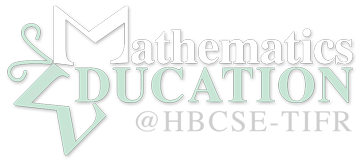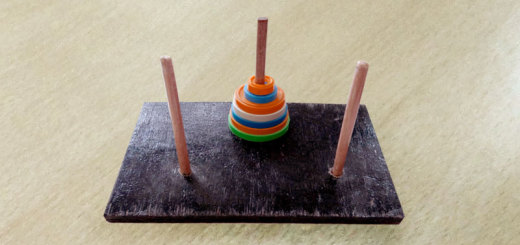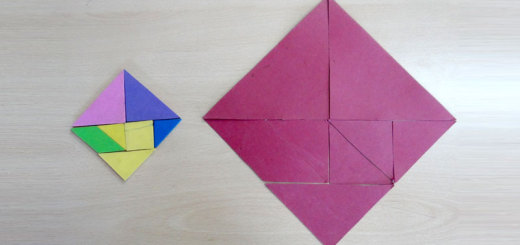Fraction Chart (A Teaching Aid)
Material Required: Plywood or cardboard, Chart paper, string, and bob.
The concept of fractions of a whole is introduced in primary school. Students find it difficult to master and often even understand the concept of a fraction and the meaning of the numerator and denominator. A fraction chart is a very useful teaching aid which can be used for this purpose.
Procedure:
A fraction chart is made from a piece of plywood or thick cardboard which is large enough to be put up on the wall. Narrow strips of chart paper of equal length are pasted on the board at equal distances. Let the first strip represent 1. Divide the next strip into two equal halves and mark the fractions and divide the next strip into three equal parts and mark the fractions. Continue in this way till all the strips are divided to obtain smaller and smaller fractions. One can make a chart till the fractions,. . . if space is available. Now suspend two long strings from the top of the board with bobs attached at the end. The strings remains vertical like a plumb-line. The fraction chart can be used for showing the part whole relationship: how many one-thirds make up one? Another important use of the chart is to show equivalent fractions. Drop the plumb-line over a fraction, and if the chart is aligned vertically all the fractions which coincide with the plumb-line are equivalent fractions. The students also learn that any fraction of the form is equal to 1. It is also possible to do some rudimentary addition and subtraction of fractions with the chart. If two fractions are to be added find their equivalent fractions on the same line of the chart by dropping the plumb-line. Now it is possible to add the fractions easily by adding the numerators.




fraction chart
Can you explain what is your question?
These are some of the best ways to teach fractions. It presents visual objects and solid facts that cannot be forgotten in learner’s mind.
Home schooling a 10 year old struggling to learn fractions